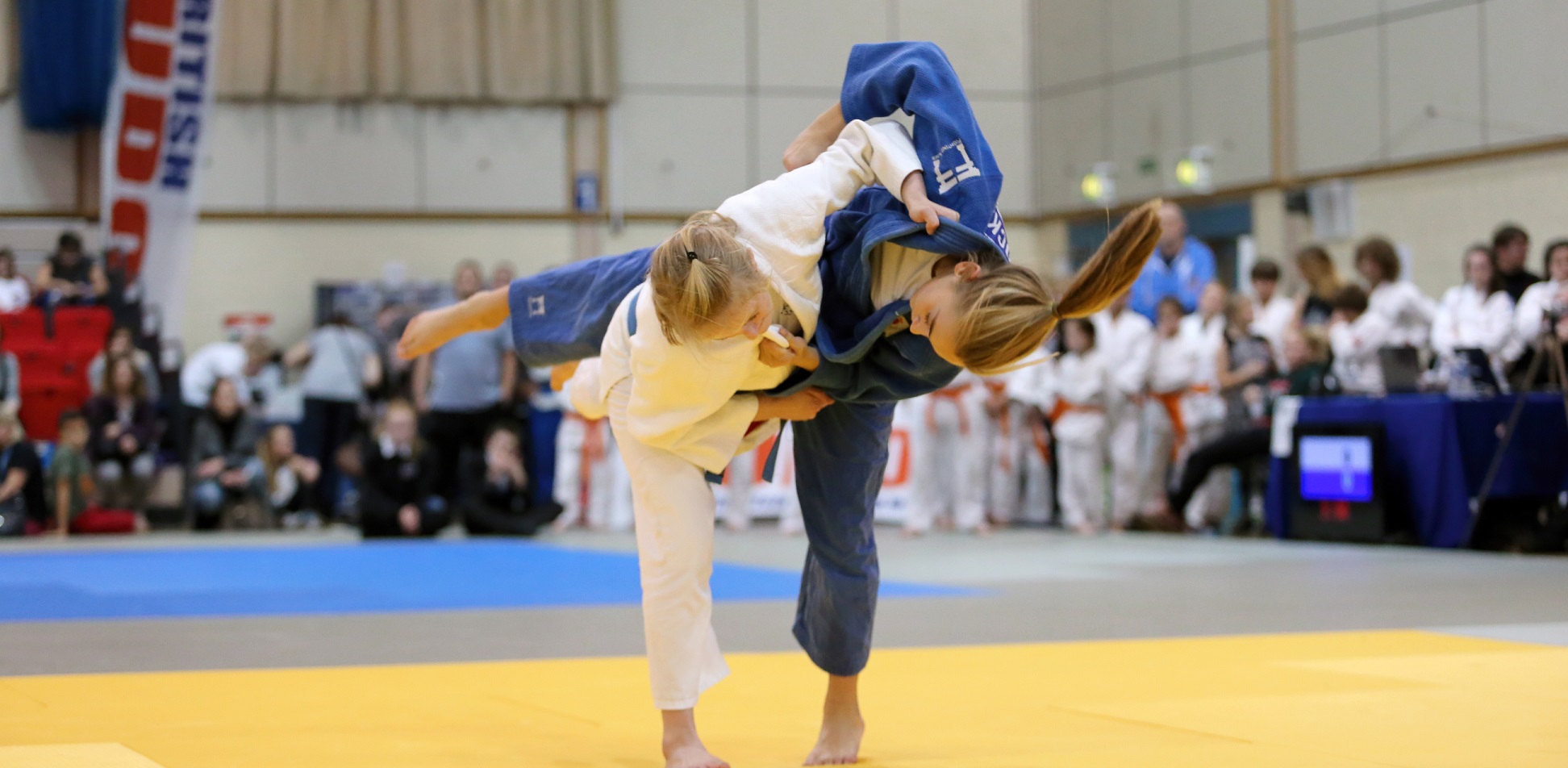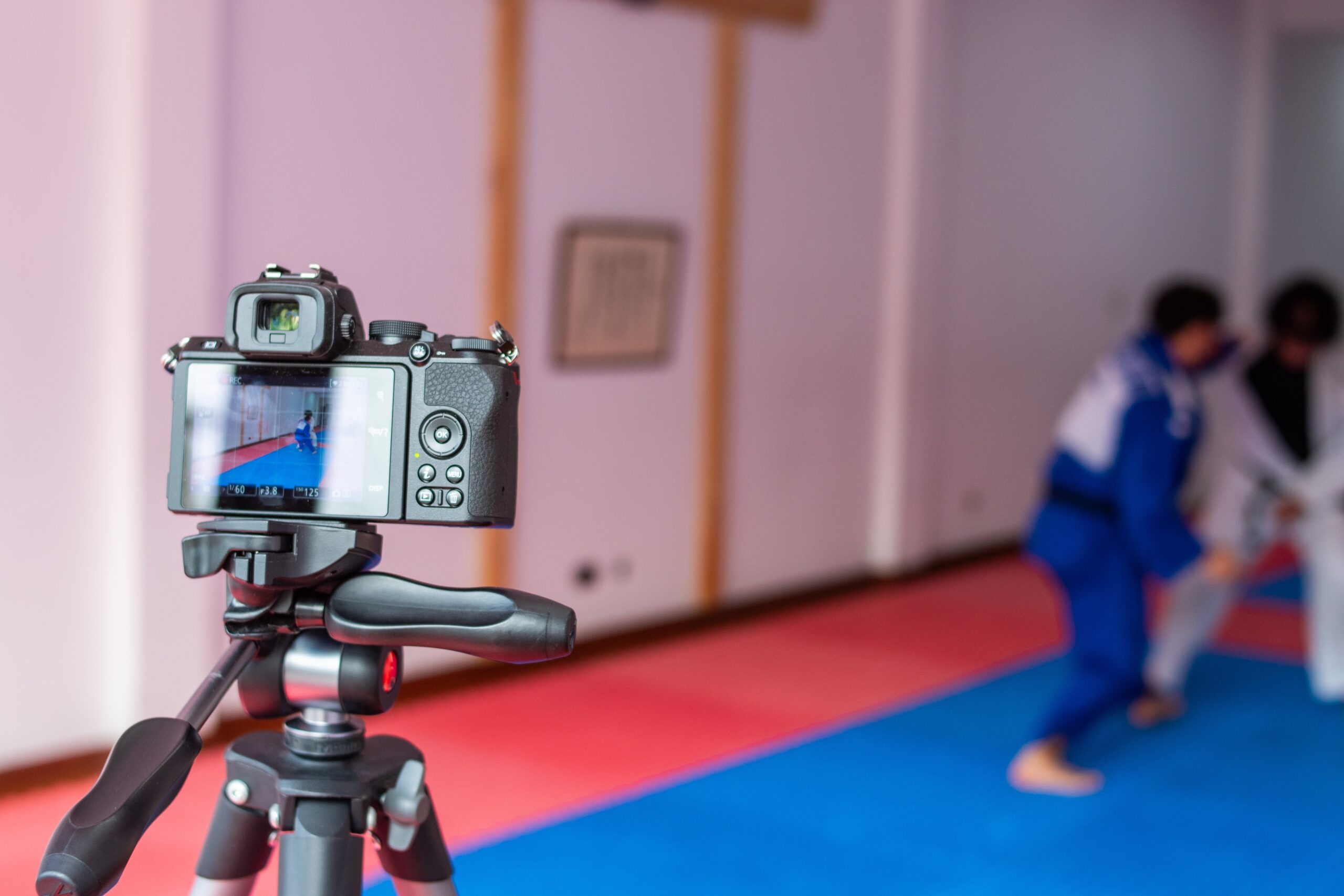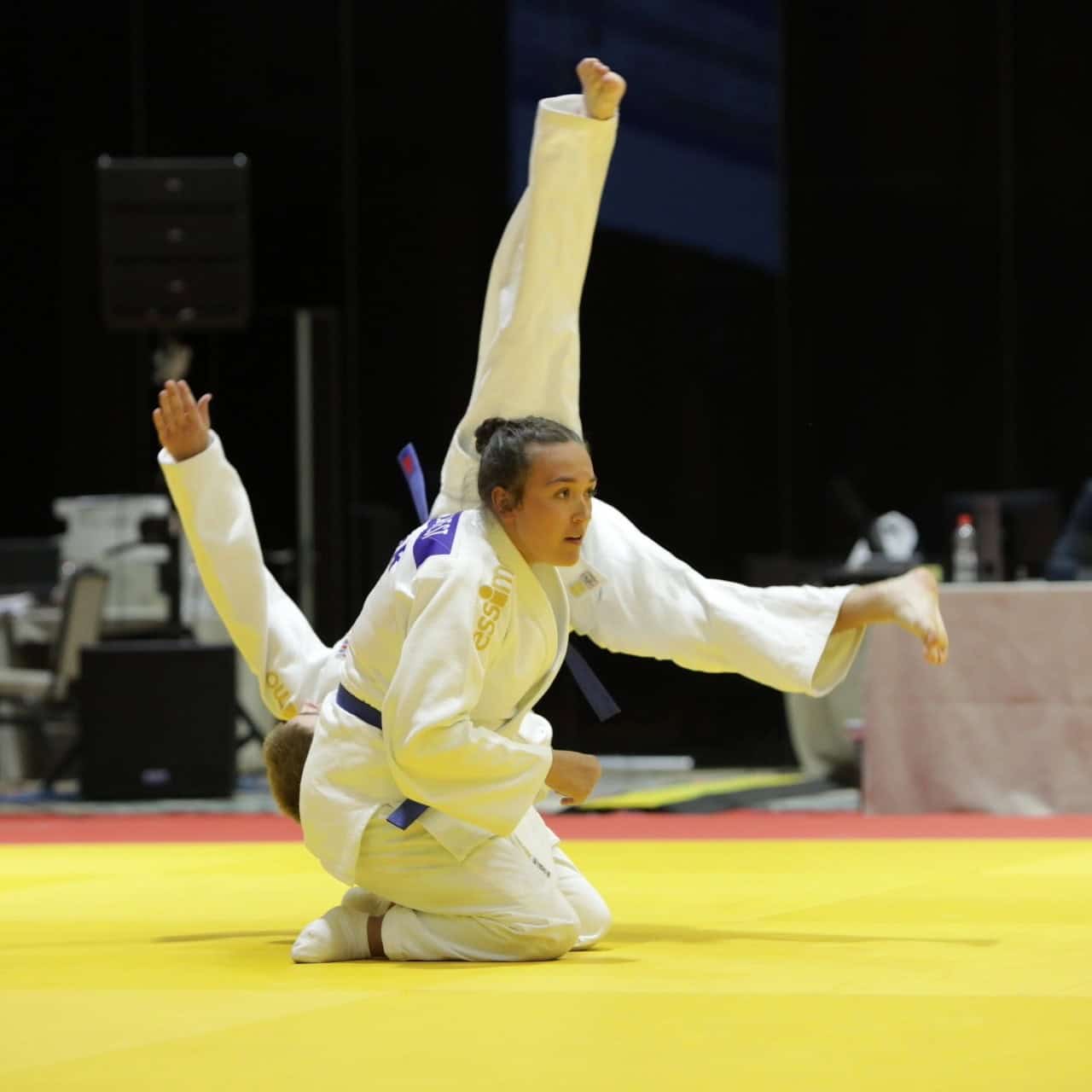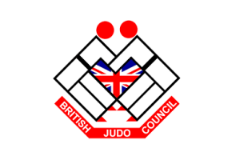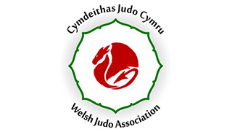This website uses cookies so that we can provide you with the best user experience possible. Cookie information is stored in your browser and performs functions such as recognising you when you return to our website and helping our team to understand which sections of the website you find most interesting and useful.
Kata movements in judo consist of formalised patterns or techniques that are practiced in pairs (uke – the attacker and tori – the defender), emphasising precision and control. For example: Uke initiates the attack, and Tori applies the defensive techniques.
Kata are designed to teach the principles of Judo, such as balance (Kuzushi), timing, efficiency of movement, and the relationship between attack and defence.
Each kata focuses on specific aspects of Judo, such as throwing techniques (Nage-waza), grappling techniques (Katame-waza), or self-defence.
While they are often practiced by higher-level judoka, kata are valuable at all stages of training for cultivating a comprehensive understanding of Judo.
Examples of Kata
There are several kata in judo, each focusing on different aspects of our sport:
- Purpose: This kata is designed to teach the principles of throwing techniques (Nage-waza).
- Structure: It consists of five sets, each with three throws, totalling 15 techniques. The sets are divided by the type of throw:
- Te-waza (hand techniques)
- Koshi-waza (hip techniques)
- Ashi-waza (foot techniques)
- Ma-sutemi-waza (rear sacrifice techniques)
- Yoko-sutemi-waza (side sacrifice techniques)
- Purpose: This kata focuses on groundwork techniques (katame-waza), including holding, strangulation, and joint-locking techniques.
- Structure: It consists of three sets, each with five techniques, totalling 15 techniques:
- Osaekomi-waza (holding techniques)
- Shime-waza (strangulation techniques)
- Kansetsu-waza (joint-locking techniques)
- Purpose: This kata emphasises self-defence techniques and the application of Judo in life-threatening situations.
- Structure: It consists of 20 techniques divided into two sections:
- Idori (kneeling techniques)
- Tachiai (standing techniques)
- Techniques include defences against armed and unarmed attacks, including strikes, grabs, and knife threats.
- Purpose: This kata focuses on the principles of flexibility and adaptability, highlighting Judo’s non-combative aspects.
- Structure: It consists of three sets, with a total of 15 techniques, each emphasizing fluidity, control, and the redirection of force.
- Purpose: This kata preserves the ancient techniques of the Kito-ryu, a classical school of Jujutsu that heavily influenced Judo’s development.
- Structure: It consists of 21 techniques, divided into two sections:
- Omote (front techniques)
- Ura (rear techniques)
- These techniques emphasise traditional warrior combat and are practiced in an old-style, formal manner.
- Purpose: This is an abstract and philosophical kata that represents five fundamental principles of movement and energy.
- Structure: It consists of five movements, each symbolizing natural forces like water, air, and the movement of the cosmos. It is deeply rooted in the philosophical underpinnings of Judo.
- Purpose: A modern self-defense kata developed in the 1950s, emphasizing practical defense techniques.
- Structure: It includes 21 techniques covering a wide range of scenarios, from empty-hand attacks to attacks with weapons like knives and guns.
- Purpose: Gonosen-No-Kata teaches judoka how to counter their opponent’s throws. It emphasises timing, balance, and the use of an opponent’s energy against them. This kata is particularly useful for understanding how to seamlessly transition from defence to offense.
- Structure: It consists of five movements, each symbolizing natural forces like water, air, and the movement of the cosmos. It is deeply rooted in the philosophical underpinnings of Judo.

